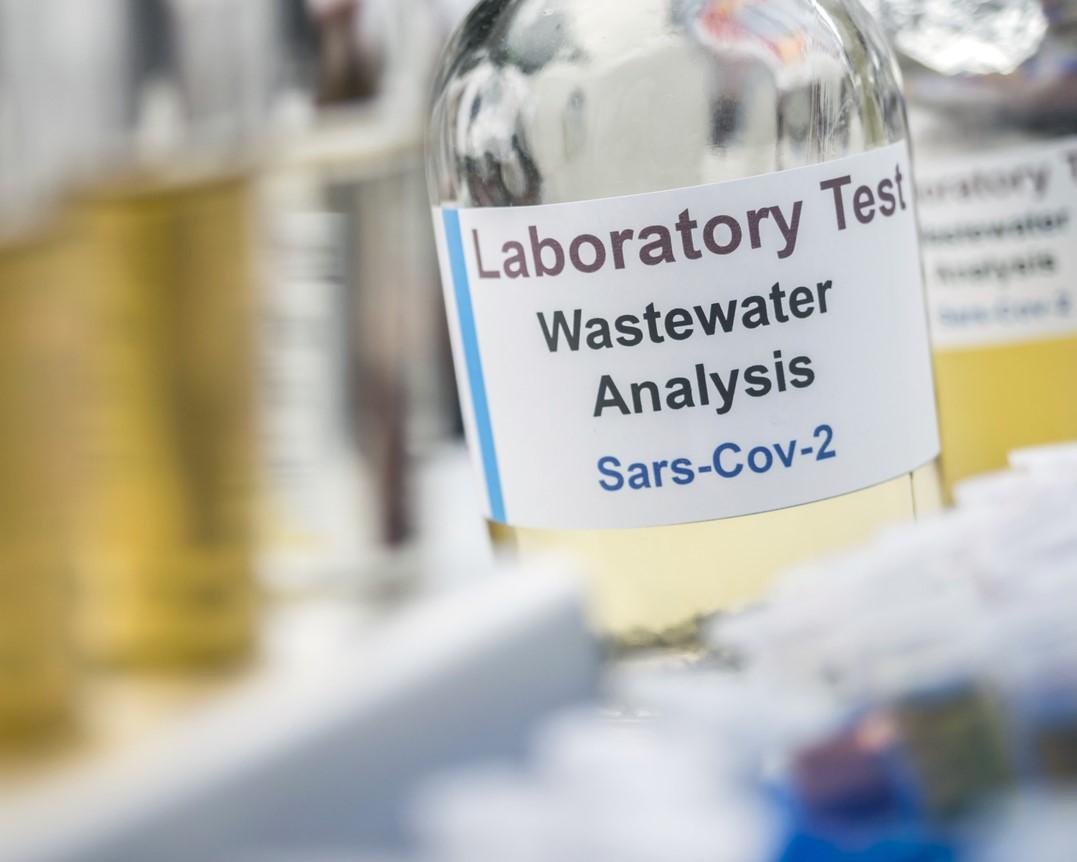A new study in Nature Communications adds to the growing body of literature suggesting wastewater surveillance may be one of the most useful tools that can be used to predict when rising COVID-19 activity will result in increased hospitalizations.
The study is published as the Centers for Disease Control and Prevention (CDC) said the latest wastewater surveillance across the United States still shows low levels of the virus, but some hotspots are emerging in the Southwest (Arizona and California), Southeast (North Carolina), several communities in the Northeast, and in Nebraska.
Since 2021, the CDC has used wastewater surveillance to monitor trends in COVID-19 incidence, as a rise of the virus in wastewater samples predates clinical spikes by roughly 4 to 6 days.
In the study, a group of researchers from the University of Technology in Sydney, Australia, used 20 months of past wastewater-based epidemiology (WBE) data to develop a model that would predict COVID-19-induced weekly new hospitalizations in 159 US counties across 45 states. The counties covered a population of nearly 100 million.

The data was collected from June 2021 to January 2023. The algorithm developed predicted the county-level weekly new admissions, allowing a preparation window of 1 to 4 weeks, the authors said.
As the public health emergency phase of the pandemic is over, WBE will become the crux of predicting when COVID activity could spike in a given community, the authors said, especially as more people rely on at-home testing or no testing for mild cases.
"The WBE-based predictions more accurately captured the weekly new hospitalizations compared to the daily census average or census sum patient numbers in the week,” the authors wrote.










